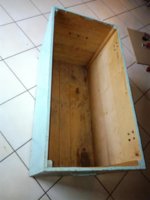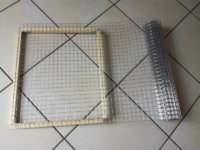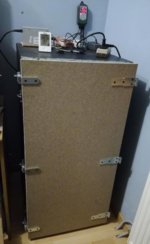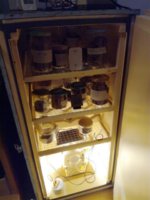Now that harvesting is behind us and most of my leaves are dry, I am finally planning to buid my first kiln ! 
I have read (one more time) most of the excellents threads on how to build a kiln (from LeftyRighty, Bob, Knucklehead...) to be sure not doing this the bad way.
I would like to create a "dry kiln", I plan on using manson jars with my tobacco inside.
As anyone already compared fermentation in jars versus in kiln ?
I would like a dry kiln, because I am not confident in building an electric device with humidity... I don't want to put my house to fire !
I will use an old wooden box (I will have to create a door), I will put some XPS isolation inside.
All this make me wonder about a few questions :
- first, do you think it's a good idea to build a "dry" kiln ?
- what kind of device should I use to heat the kiln ? is a crock pot a good idea ? do I need to fill it with water or can I use it empty ?)
- with fermentation, we want the tobacco to loose some unwanted gases and chemicals, I think I will have to air the jars regularly to allow theses bad things to get out of the jars, no ?
Any idea is welcome, thanks for your help
I have read (one more time) most of the excellents threads on how to build a kiln (from LeftyRighty, Bob, Knucklehead...) to be sure not doing this the bad way.
I would like to create a "dry kiln", I plan on using manson jars with my tobacco inside.
As anyone already compared fermentation in jars versus in kiln ?
I would like a dry kiln, because I am not confident in building an electric device with humidity... I don't want to put my house to fire !
I will use an old wooden box (I will have to create a door), I will put some XPS isolation inside.
All this make me wonder about a few questions :
- first, do you think it's a good idea to build a "dry" kiln ?
- what kind of device should I use to heat the kiln ? is a crock pot a good idea ? do I need to fill it with water or can I use it empty ?)
- with fermentation, we want the tobacco to loose some unwanted gases and chemicals, I think I will have to air the jars regularly to allow theses bad things to get out of the jars, no ?
Any idea is welcome, thanks for your help











